Squirrel‑Proofing Your Roofline: Materials and Techniques That Work
Squirrels are among the most persistent wildlife problems for homeowners — especially when rooflines, vents, and attics provide easy entry. Left unchecked, they chew wiring, shred insulation, build nests in rafters, and score access points that invite repeat intrusions. Smart squirrel‑proofing isn’t just about chasing animals out—it’s about reinforcing weak spots and closing off access routes. In this article we’ll walk through how squirrels exploit rooflines, what materials and exclusion techniques work best, and when a professional solution like RIDGE‑GUARD® is worth considering.
Why Rooflines Are a Vulnerable Zone
Rooflines combine several risk factors: overhanging tree branches, ageing vents or soffits, ridge vents that warp with sun and heat, and often minimal inspection until damage is visible. Squirrels use these conditions to enter and expand their territory. They don’t just sneak in once—after initial entry, they’ll widen gaps, chew insulation and wiring, build nests in attic corners, and create smell or contamination issues. The longer they stay, the greater the cost of damage and repair.
Key Access Points and What to Monitor
To effectively squirrel‑proof a roofline, you must identify and address the most common entry routes:
- Soffits & Fascia Gaps – Squirrels often drop from tree limbs or jump from roof edges and exploit weakened soffit panels or ripped fascia.
- Roof Vents & Chimney Flashing – Vents and chimney collars with missing mesh, loose flashing, or gaps invite entry.
- Ridge Vents – When ridge vents age or warp, they can develop openings on the peak of the roof that squirrels, mice or even bats exploit.
- Exterior Trim & Eaves – Cracked or missing trim, rodent‑chewed siding, or attic overhangs provide hidden access.
- Nearby Tree Branches or Hidden Perches – Trim branches at least several feet away, since squirrels prefer close access to roof edges for launching and landing.
Monitoring for chewing marks, shed nesting material, droppings, daylight activity, or morning/evening scurrying in the attic can help catch these problems early before major damage occurs.
Materials That Make a Difference
Once access points are identified, effective exclusion relies on the right materials and craftsmanship:
- Heavy‑duty Metal Flashing – Use solid galvanized steel flashing around vents, ridge caps, chimneys and roof edges. Unlike thin foam or standard soffit materials, this resists gnawing and weathering.
- Wildlife‑Grade Mesh or Hardware Cloth – Install ¼″ or ½″ mesh that won’t stretch or deform under pressure. Squirrels can push through weaker screening.
- Rigid Panels for Soffit Repair – If soffit panels are damaged, replacing with rigid vented soffit panels helps maintain airflow while eliminating weak spots.
- Quality Seals and Fasteners – All covered intersections must be fastened with corrosion‑resistant screws and sealed properly to avoid water leakage or future gaps.
- Covered Ridge Vents or Specialized Guards – Because ridge vents span the peak of the roof and often represent a linear gap, protection here demands a specific solution.
How RIDGE‑GUARD® Fits Into the Strategy
One of the most overlooked vulnerabilities in roofline squirrel exclusion is the ridge vent. The RIDGE‑GUARD® system is a U.S.‑patented guard designed to sit over an existing ridge vent and block animal entry while preserving ventilation.
Here’s what makes it effective for squirrel‑proofing:
- It uses heavy‑gauge galvannealed steel with a baked powder coat finish for durability.
- The design clamps tightly over the ridge vent using angled faces and screw tabs, eliminating gaps where squirrels can squeeze in.
- It supports attic airflow (ventilation) — a key function for roof health — while upgrading the exclusion standard.
- Because it’s a permanent installation, it removes the weak “ridge‑vent gap” that squirrels exploit after other entry points are blocked.
For homeowners or professionals dealing with persistent roofline entry, RIDGE‑GUARD® offers a strong upgrade — reinforcing a critical zone rather than simply patching each intrusion.
Installation Best Practices and Pitfalls to Avoid
Making materials work means ensuring proper installation. Here are key practices and common mistakes:
Best Practices
- Ensure tree limbs are trimmed at least 4–6 ft from the roofline to prevent bridge access.
- Install flashing or mesh before siding or trim repair to avoid hidden gaps.
- For ridge vent guards: use manufacturer‑approved fasteners, apply roof‑rated sealant at screw penetrations, and confirm attic airflow is unaffected.
- Inspect attic spaces after installation for any remaining nesting materials, droppings or chew marks and remove them promptly.
Common Mistakes
- Overlooking ridge vents or vent collars as entry points — these linear gaps are often missed.
- Using low‑grade mesh or wire cloth which squirrels push through or pull away.
- Relying on deterrents (sprays, ultrasonic devices) without addressing access points.
- Skipping attic cleanup — even after exclusion, leftover nesting debris and droppings can lead to odor, mold or pest infestation.
- Ignoring inspection after repairs — exclusion only works when bolstered by follow‑up.
Monitoring and Maintenance
Exclusion is not a “set‑and‑forget” job. Seasonal checks make all the difference in preventing re‑infestation:
- Inspect attic & roofline at least twice a year (spring and fall) for new signs of entry or damage.
- Verify fasteners and sealants remain intact after extreme weather or roof work.
- Trim back branches each year and clear roof ridges of debris that may create easy paths for squirrels.
- Clear attic floors and conduct a quick visual for droppings or new gnaw marks.
When to Call a Professional
If you encounter any of the following, professional exclusion is strongly recommended:
- Visible chewing of wiring or insulation — immediate fire and energy‑loss risk
- Persistent scratching or movement in the attic or ceiling despite patching
- Multiple or large‑scale entry points across the roofline
- Wet insulation, odor or moisture damage associated with animal activity
- Uncertainty about ridge‑vent or attic‑vent weakness
Professionals will carry proper liability and worker’s compensation insurance, use licensed technicians, provide verifiable warranties, perform full exclusion and cleanup, and document the work — all important because improperly handled wildlife exclusions can lead to liability, structural damage, or re‑infestation.
Final Thoughts
Squirrels aren’t just attic pests — they’re structural, fire‑hazard and insulation threats. Effective roofline exclusion is about materials, craftsmanship, and closing every access route. For many homes, that means heavy‑duty flashing, wildlife‑grade mesh, insulation repair, and upgrade solutions like RIDGE‑GUARD®. Done right, exclusion protects not just the attic, but your entire home’s integrity and comfort.
If you’re seeing signs of squirrel activity or want a professional evaluation of your roofline and attic access, a licensed exclusion specialist can inspect, diagnose and deliver a long‑term solution — so you stop worrying about “what’s scratching up there” and start enjoying peace of mind.
‹ Back


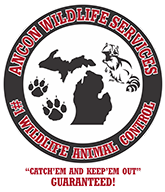


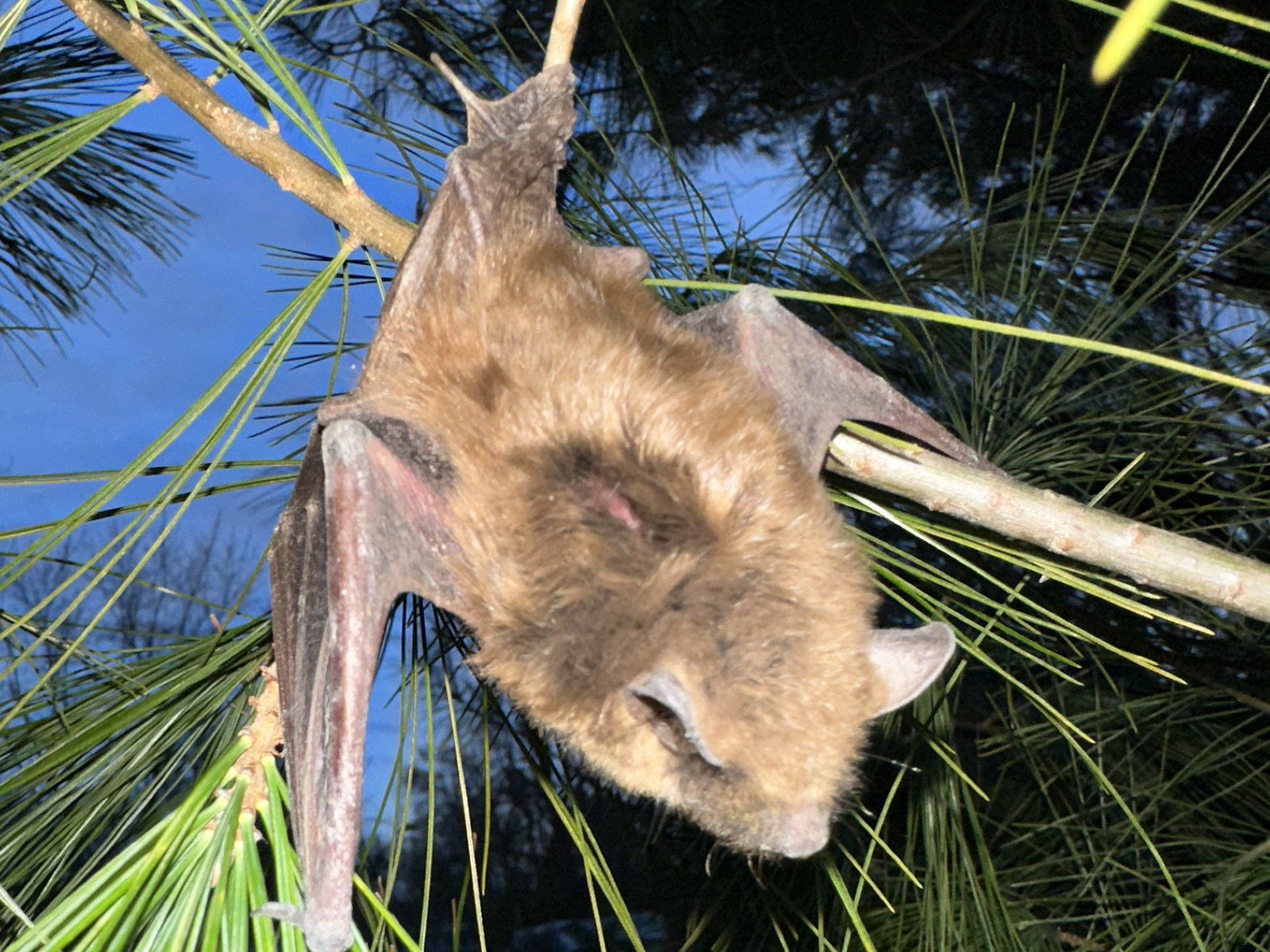
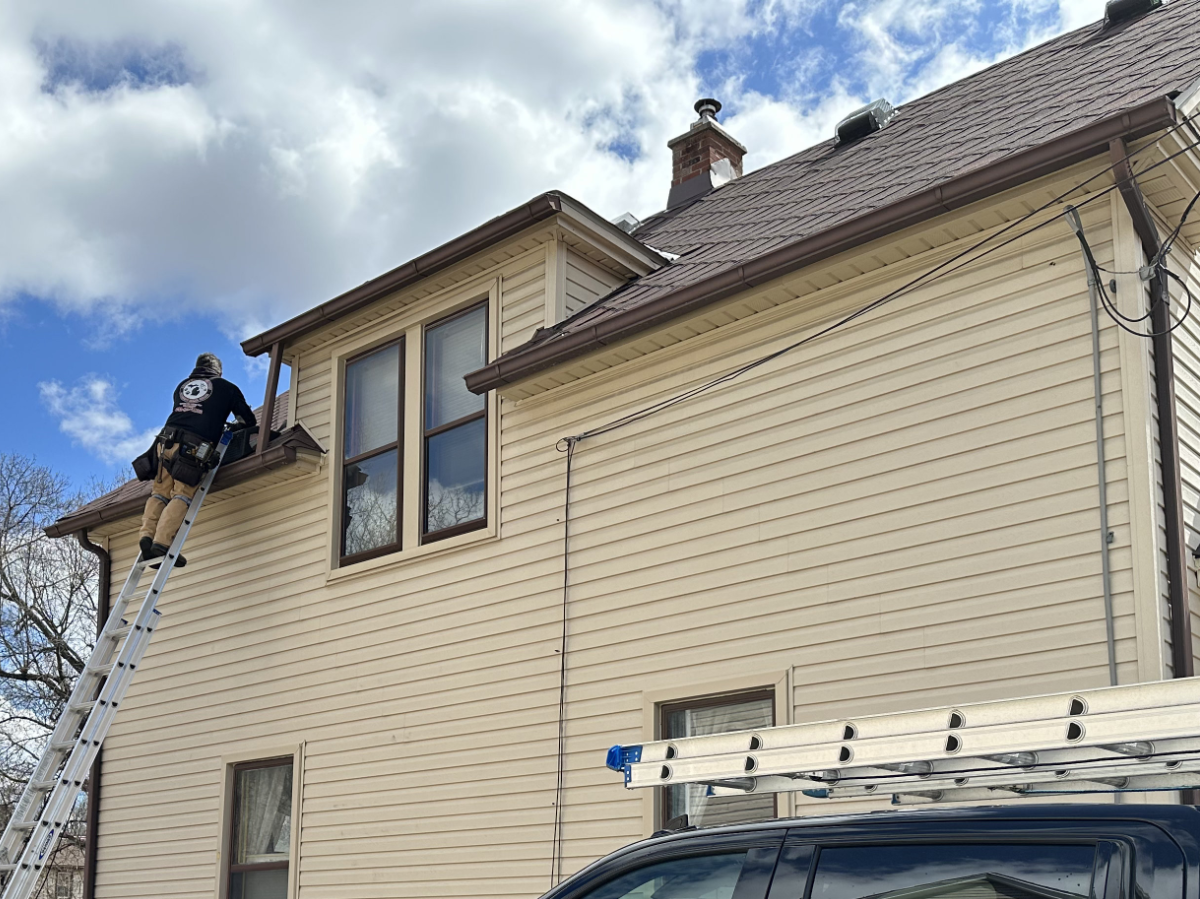
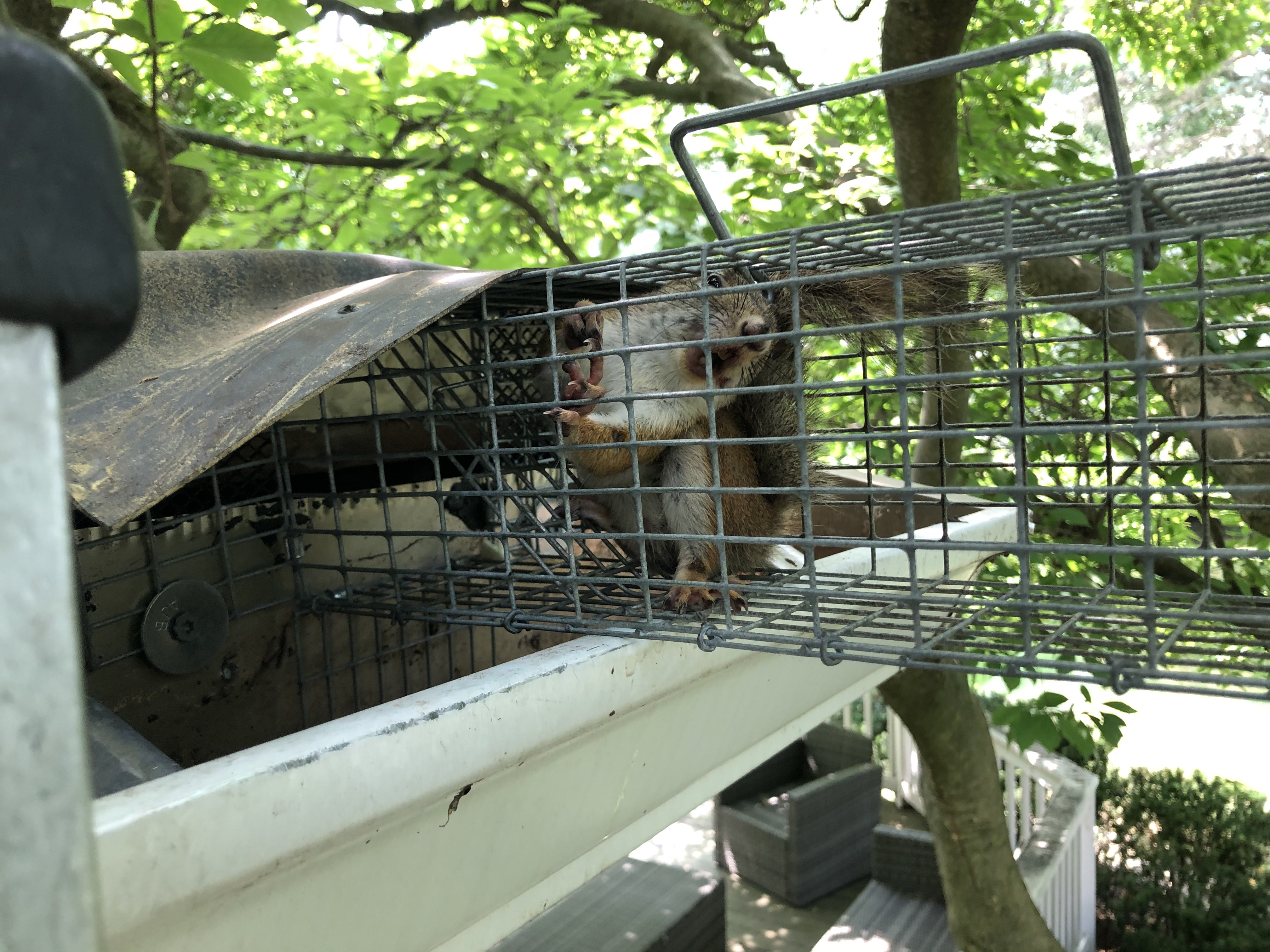
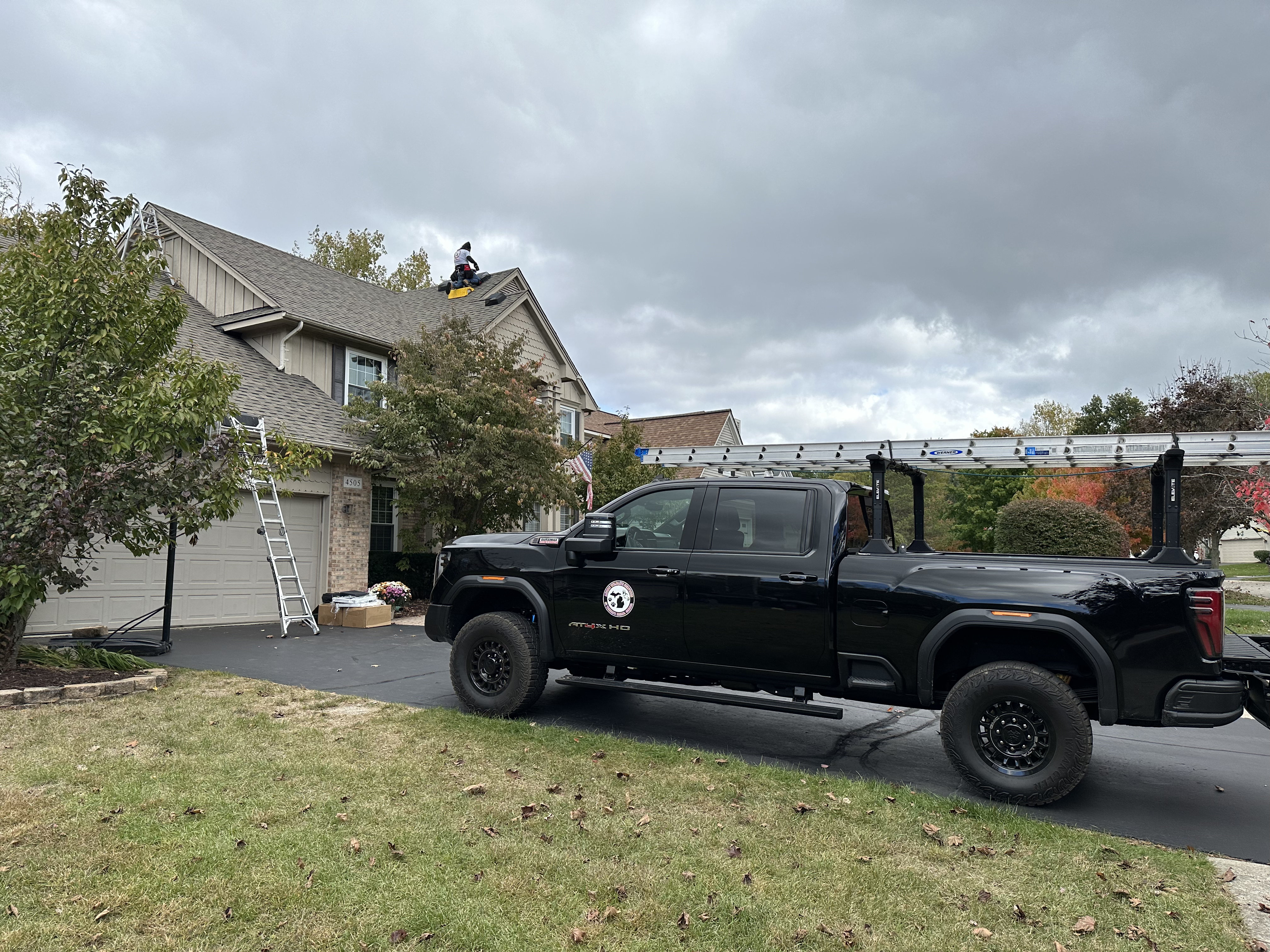
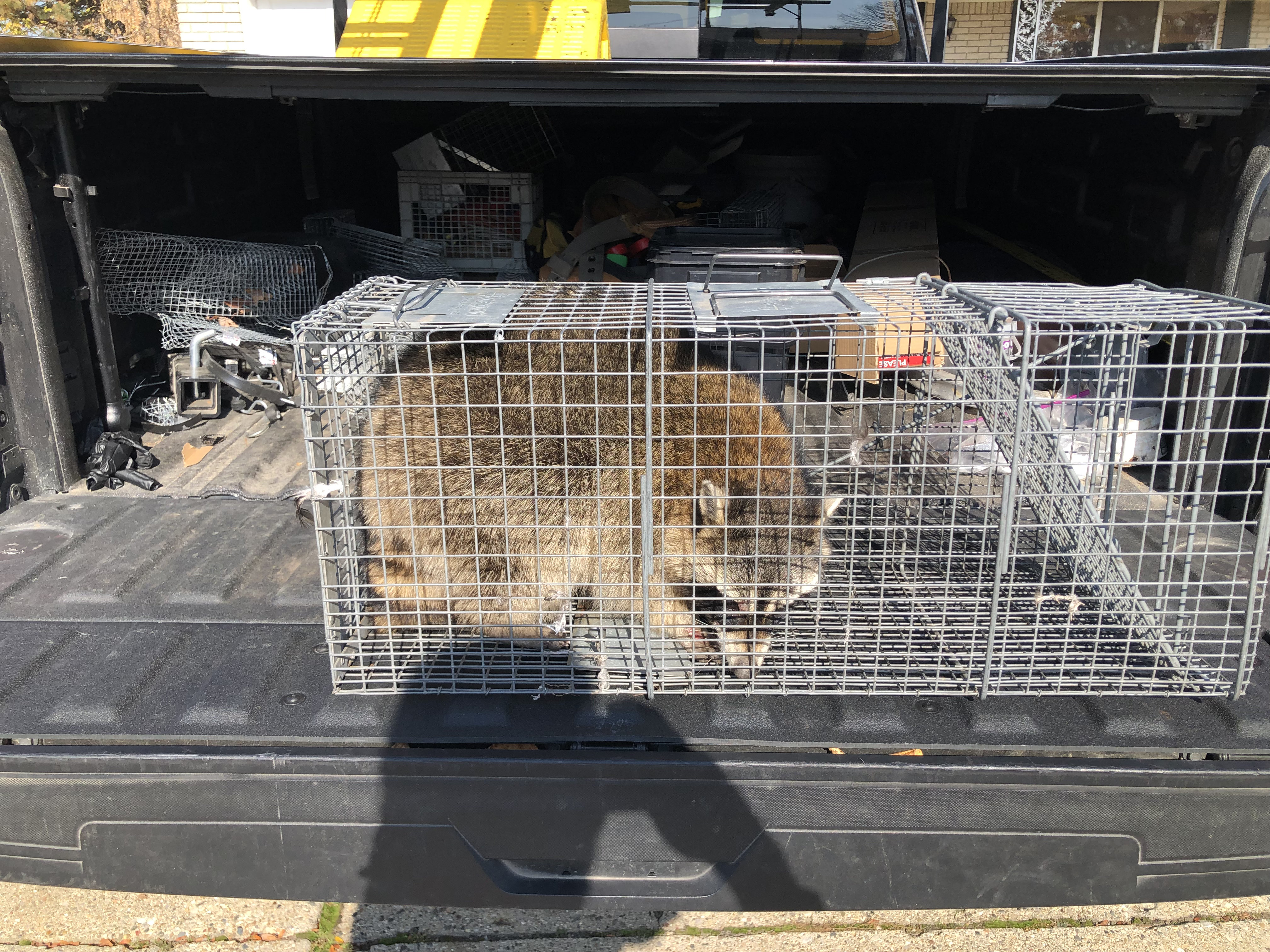
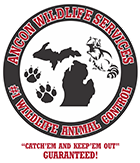
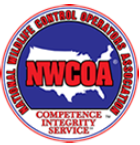

.png) Twitter
Twitter